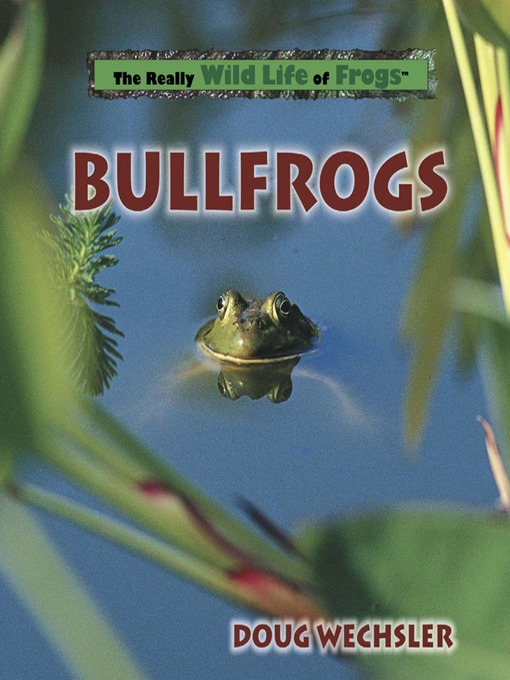Everyone can picture a frog on a lily pad, and no frog is more likely to be sunning itself on one than the bullfrog. But did you know that a warm, well-sunned bullfrog digests its food faster than a cold bullfrog, or that with its big mouth, the bullfrog can eat creatures almost as big as itself? Students will enjoy learning the secrets of the frog that has threatened other frogs' existence.
- Popular Magazines
- Just Added
- Cooking & Food
- Fashion
- Health & Fitness
- Home & Garden
- News & Politics
- See all magazines collections

